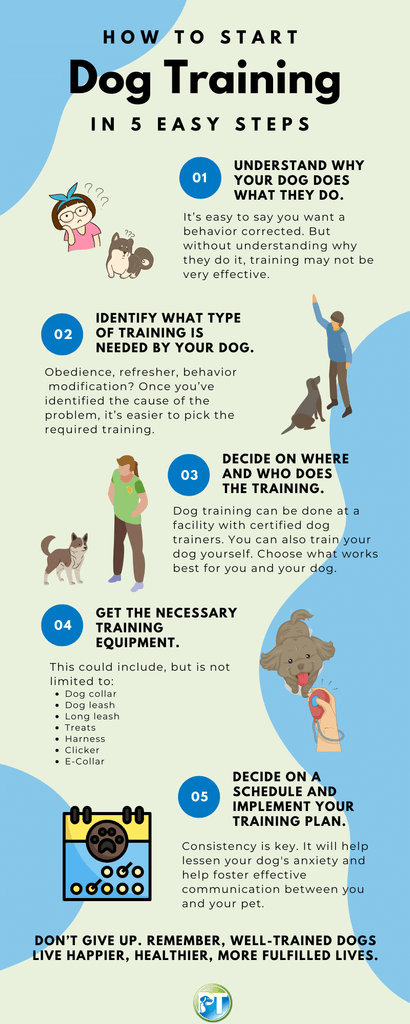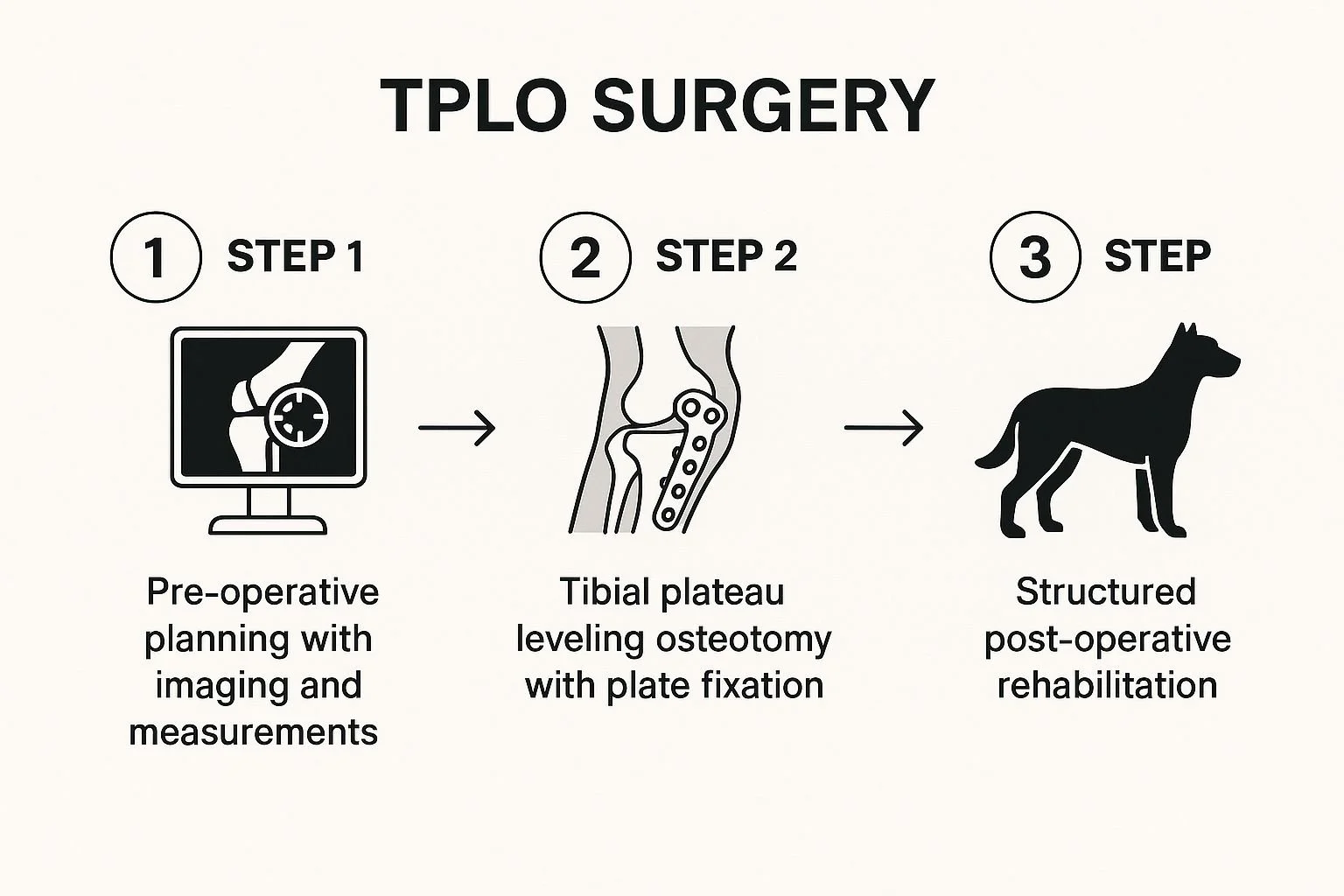Have you ever wondered how dog shock collars actually work? If you’re looking for an effective way to train your dog or correct unwanted behavior, understanding these collars is key.
You might have heard mixed opinions, and it can feel confusing or even a bit overwhelming. But knowing how shock collars operate can help you decide if they’re right for your furry friend. Keep reading, and you’ll discover what happens when your dog wears one—and how it can change your training experience for the better.

Credit: www.amazon.com
Mechanism Of Shock Collars
Shock collars work by delivering a mild electric stimulus to the dog’s neck. This stimulus is meant to catch the dog’s attention and discourage unwanted behavior. The collar has several parts that work together to create this effect.
Remote Control And Receiver
The collar has a receiver worn by the dog. The owner uses a remote control to send a signal to this receiver. This signal triggers the electric stimulus or vibration.
Electric Stimulation
The receiver sends a small electric pulse to the dog’s neck. This pulse is safe but unpleasant enough to interrupt the dog’s behavior. The intensity of the pulse can usually be adjusted.
Vibration And Sound Features
Many shock collars also use vibrations or sound warnings. These help alert the dog before the electric pulse. They serve as a gentler way to get the dog’s attention.
Power Source And Safety
The collar is powered by batteries inside the receiver. It has safety features to prevent continuous shocks. This helps avoid harm and keeps the training humane.

Credit: www.popsci.com
Types Of Shock Collars
Shock collars come in different types, each designed to communicate with your dog in unique ways. Understanding these types helps you choose the right one for your training needs and your pet’s comfort. Let’s look at the main categories and how they work.
Static Shock Collars
Static shock collars deliver a mild electric pulse to your dog’s neck when activated. The intensity can usually be adjusted, allowing you to tailor the correction to your dog’s size and temperament.
Many owners find these collars effective for stopping unwanted behaviors quickly. However, it’s crucial to use them responsibly to avoid causing fear or anxiety in your pet.
Vibration Collars
Vibration collars use a buzzing sensation instead of a shock to get your dog’s attention. This type is ideal if you want a gentler way to train or if your dog is sensitive to static shocks.
These collars are also useful for deaf dogs who can’t hear verbal commands but can feel the vibration. Have you ever tried using vibration as a signal? It can be surprisingly effective without causing distress.
Sound Collars
Sound collars emit a high-pitched noise that only dogs can hear. This sound acts as a warning before any other correction happens or as a standalone deterrent.
They’re great if you prefer a non-contact way to manage your dog’s behavior. But remember, some dogs might ignore the sound, so it’s important to observe how your dog responds before relying on this type.
Purpose And Applications
Dog shock collars are designed with specific purposes in mind, helping owners manage their pets’ behavior effectively. Understanding these applications can guide you in using the collar responsibly and achieving the best results. Below, you’ll find how these devices serve different roles in training and control.
Behavioral Training
Shock collars can assist in correcting unwanted behaviors like jumping, pulling on the leash, or ignoring commands. The mild electrical stimulus acts as a quick reminder for your dog to stop or change its action. Many trainers use them as a part of a wider training plan, ensuring the correction is fair and consistent.
Have you noticed your dog repeating a behavior despite your verbal cues? Sometimes, a gentle correction can make the difference between confusion and clear communication.
Boundary Control
These collars often help keep dogs within safe areas without the need for physical fences. You set invisible boundaries, and the collar alerts your dog when it approaches the edge. This application is especially useful for large yards or places where traditional fencing isn’t practical.
Imagine giving your dog freedom to roam safely while preventing escape attempts. This kind of control can reduce stress for both you and your pet.
Bark Control
Excessive barking can be frustrating for owners and neighbors alike. Shock collars programmed for bark control emit a brief stimulation only when your dog barks excessively. This helps teach your dog when it’s appropriate to be quiet without constant supervision.
Have you ever struggled to get your dog to stop barking at every passerby? Using a shock collar for bark control might help you regain peace at home.

Credit: www.calmshops.co.uk
Effectiveness And Results
Understanding the effectiveness and results of dog shock collars is crucial before deciding to use one. These devices can influence your dog’s behavior, but how they do so varies widely. Let’s break down what you can expect both immediately and over time, and how shock collars compare with other training methods.
Short-term Outcomes
Shock collars often produce quick behavioral changes. Dogs typically respond fast to the unpleasant stimulus, which can stop unwanted actions like barking or jumping almost immediately.
However, this immediate compliance may come with stress or confusion for your dog. Some dogs might show signs of fear or anxiety right after the shock, which can make training sessions tense.
Have you noticed your dog reacting differently after a collar correction? That reaction can tell you a lot about whether the collar is working or causing distress.
Long-term Impact
The long-term effects of shock collars are less predictable. Some dogs learn to associate certain behaviors with the shock and avoid them, leading to lasting changes.
Yet, others may develop fear or aggression, which can harm your relationship and make future training harder. Consistent use without positive reinforcement can reduce your dog’s trust in you.
Think about whether your goal is just to stop a behavior or to build a well-rounded, confident pet. The collar’s impact on your dog’s emotional health is a key factor to consider.
Comparisons With Other Methods
Compared to positive reinforcement techniques, shock collars offer a more immediate but sometimes harsher approach. Reward-based training encourages your dog to repeat good behavior by offering treats or praise.
While shock collars might stop a behavior quickly, positive methods often result in better understanding and cooperation from your dog. Training that builds trust can lead to lasting obedience without fear.
Which approach aligns better with your values and your dog’s personality? Sometimes, combining clear commands with rewards can achieve what a shock collar does, but in a kinder way.
Safety Concerns And Risks
Using dog shock collars raises serious safety concerns and risks. These devices deliver electric shocks to dogs as a form of training or control. The impact on a dog’s well-being can be significant. Understanding these risks helps owners make informed choices.
Physical Health Risks
Shock collars can cause burns or sores on a dog’s neck. Repeated shocks may lead to muscle pain or spasms. Some dogs may develop skin infections from constant irritation. In rare cases, severe shocks can harm the heart or nervous system.
Psychological Effects
Electric shocks can create fear and anxiety in dogs. Many dogs associate the pain with their owner or environment. This can lead to stress and confusion. Some dogs may become aggressive or withdrawn as a result. Long-term use may damage the dog’s trust in humans.
Ethical Considerations
Many animal experts question the fairness of shock collars. Using pain to control behavior raises moral concerns. Humane training methods avoid causing distress or harm. Owners should consider if shock collars respect a dog’s dignity and welfare. Choosing gentle, positive methods supports a healthy bond.
Alternative Training Methods
Alternative training methods offer gentle ways to teach your dog new behaviors. These approaches focus on building trust and clear communication between you and your pet. They avoid pain or fear, promoting a happy learning environment. Exploring these methods can lead to lasting results and a stronger bond.
Positive Reinforcement
Positive reinforcement uses rewards to encourage good behavior. Treats, praise, or toys follow a desired action. This motivates dogs to repeat the behavior. It creates a positive connection with training. Consistency and timing are key for success.
Clicker Training
Clicker training uses a small device that makes a clicking sound. The click marks the exact moment your dog does something right. Then, a reward follows quickly. This helps dogs understand what you want. Clicker training is clear, fast, and effective.
Natural Behavior Modification
Natural behavior modification works with your dog’s instincts. It changes the environment to reduce unwanted behaviors. For example, giving more exercise to reduce excess energy. Or redirecting chewing to safe toys. This method respects your dog’s nature and needs.
Expert Opinions And Studies
Experts and studies offer varied views on dog shock collars. Their insights help understand these devices better. Opinions come from veterinarians, animal behaviorists, and scientific research. Each perspective adds important information.
Veterinarian Insights
Many veterinarians express concern about shock collars. They warn about possible pain and stress for dogs. Some vets say these devices may harm a dog’s trust. They suggest gentle training methods instead. Others note shock collars might work for some dogs but with risks. Overall, vets urge caution and careful use.
Animal Behaviorists
Animal behaviorists study how dogs learn and behave. They often criticize shock collars for causing fear. Fear can lead to aggression or anxiety in dogs. Behaviorists prefer reward-based training techniques. These focus on positive reinforcement rather than punishment. They believe training should build a strong bond with the dog.
Scientific Research Findings
Research on shock collars shows mixed results. Some studies find short-term behavior changes after using collars. Others report lasting negative effects on dog well-being. Stress indicators like increased heart rate have been noted. Research often emphasizes the need for more long-term studies. It highlights that shock collars are not a simple solution.
Frequently Asked Questions
How Do Dog Shock Collars Deliver Stimulation?
Dog shock collars deliver mild electric pulses to the dog’s neck. The stimulation is adjustable and meant to get the dog’s attention. It is not designed to cause pain but to discourage unwanted behavior.
Are Shock Collars Safe For Dogs To Use?
Yes, when used properly, shock collars are safe. They should be used with guidance and never at the highest setting. Misuse can cause distress, so proper training and supervision are essential.
Can Shock Collars Improve Dog Training Effectiveness?
Shock collars can enhance training by providing immediate feedback. They help reinforce commands and discourage bad habits. However, positive reinforcement methods should be combined for best results.
What Behaviors Do Shock Collars Help Control?
Shock collars help manage excessive barking, jumping, and running away. They are useful for correcting unwanted or dangerous behaviors. Consistent training alongside collar use is important.
Conclusion
Dog shock collars deliver small electric pulses to get attention. They help train dogs by linking behavior with a mild stimulus. Using them carefully ensures dogs learn without fear or pain. Always watch your dog’s reactions to avoid stress. Combine collars with positive rewards for best results.
Training takes patience and consistency every day. Understanding how these collars work can improve your training approach. Choose the right collar and use it wisely. This helps build a happier, well-behaved dog over time.







